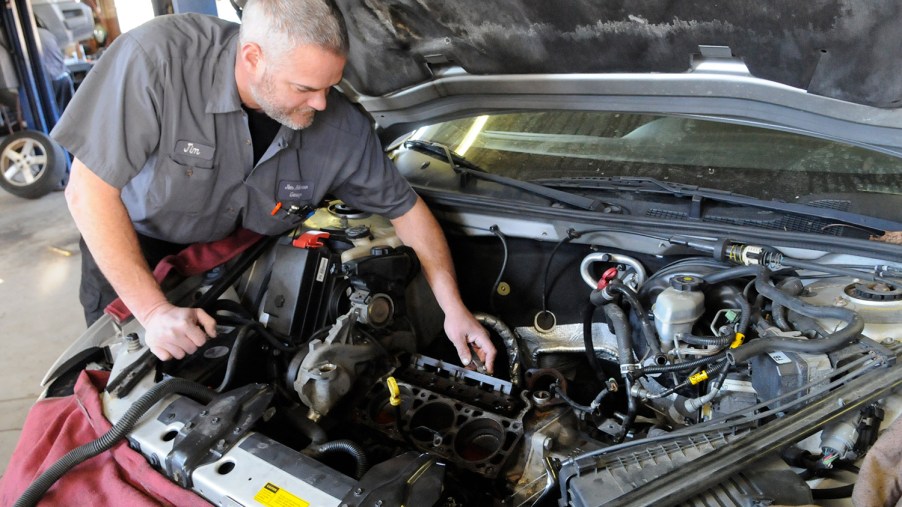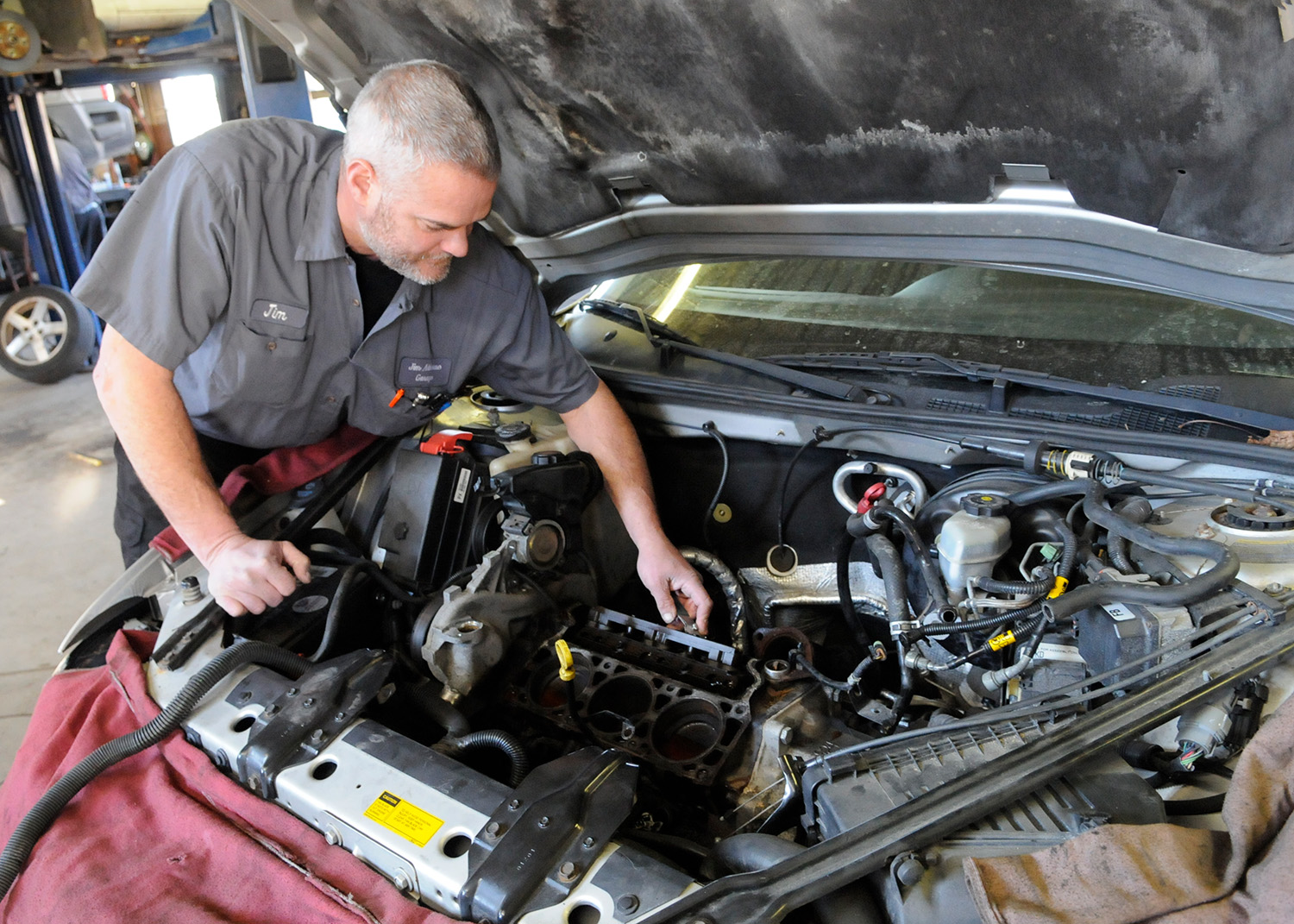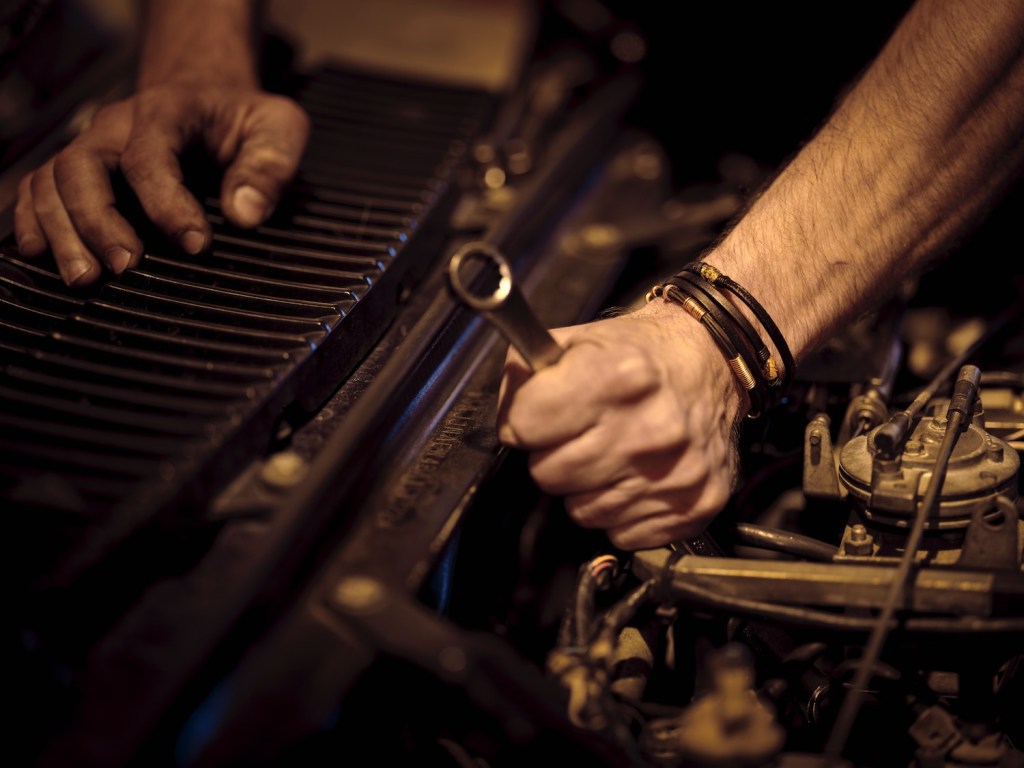
Can You Drive a Car if the Head Gasket Is Blown?
There’s a good chance you’ve come across a good deal when car shopping because the car has a blown head gasket. It’s a fairly common issue that stems most often from a car overheating and warping the cylinder head. However, many listings may say that the car still runs and drives. Should you drive a car with a blown head gasket, even if that’s the case?
What is a head gasket? How bad is it when one fails?

Like it says on the tin, the head gasket is a gasket that seals the joint between an engine’s cylinder head and the engine block. Inline engines have a single head gasket, while V-shaped engines or boxer engines like those found in Subarus or Porsches have two. Head gasket failure is extremely common in high mileage cars. Often, owners of a car with a blown head gasket may not even know they have this issue and continue to drive it, only noticing a misfire or a lack of power. So, should you keep going?
Obviously, the most sensible answer as to whether or not you should drive a car with any problems is that you should not. However, that doesn’t mean that you can’t. Depending on the severity of a car’s head gasket failure, it may not drastically affect the vehicle’s performance.
According to K-Seal, though, there are plenty of reasons you should not drive with a blown head gasket. The standout reason for avoiding driving on a blown head gasket is the fact that losing the seal of the gasket means oil and coolant are capable of getting places they aren’t supposed to. Namely, a cracked or blown gasket can result in coolant making its way into your engine’s combustion chamber.
Coolant in your combustion chamber/cylinders can result in various issues. For one, your engine will burn off the coolant that leaks into the cylinders, creating a sweet-smelling white smoke from your exhaust pipe. Continuously burning engine coolant means that you won’t have any coolant left eventually. If your engine overheats severely enough, it can cause complete destruction.
Ultimately, it could cost you your engine

Another potential failure point is the cylinder walls. Some engines use sleeves with no backing as a coolant jacket surrounds them to help maintain usable engine temperatures. If the failure is bad enough, it can rapidly suck more coolant into the cylinders than the engine can burn. Then, when the pistons come up, the water pressure inside the cylinders can cause the cylinder walls to crack.
If you suspect that your engine may have a blown head gasket, it’s best to stop driving it right away. Performing a cylinder compression test can help determine whether or not that is your issue. Additional symptoms of this failure include why smoke from your exhaust, engine struggling to start when cold, a consistent misfire, disappearing coolant, and a mixture of oil and coolant that resembles a chocolate shake on your dipstick or in your radiator.
Remember to proceed with opening cooling system caps with extreme caution and do not attempt to do so when the vehicle is hot. Most importantly, if your vehicle’s head gasket is indeed blown, get it fixed properly. Gasket sealers that mix into your cooling system can wreak havoc on your water pump and engine’s internal cooling system. They are a temporary solution and can do more harm than good.
In a similar vein, continue scrolling to see if you should be driving a vehicle with an oil leak!



